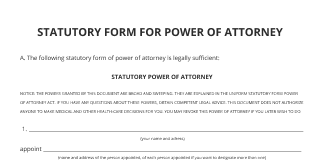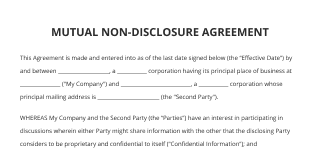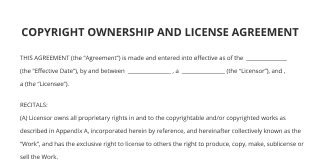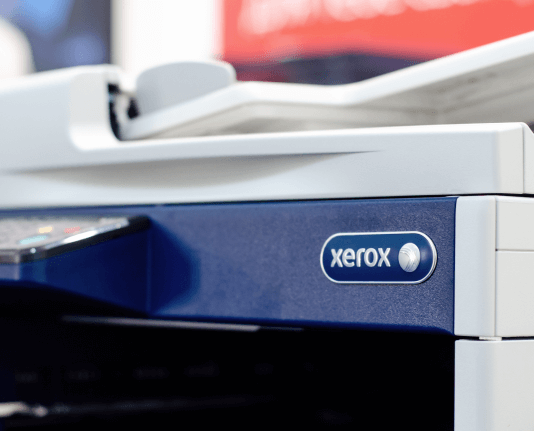Understanding the Difference between Receipt and Tax Invoice for Your Business
Move your business forward with the airSlate SignNow eSignature solution
Add your legally binding signature
Integrate via API
Send conditional documents
Share documents via an invite link
Save time with reusable templates
Improve team collaboration
See airSlate SignNow eSignatures in action
Understanding Receipts
A receipt is a document that serves as proof of a transaction. It is typically issued by a seller to a buyer after payment has been made. Receipts often include essential details such as the date of the transaction, the items purchased, the total amount paid, and the method of payment. While receipts are useful for personal record-keeping, they do not usually provide sufficient information for tax purposes.
In many cases, receipts are used for everyday purchases, such as groceries or retail items. They are straightforward and primarily serve to confirm that a transaction occurred. When managing personal finances or business expenses, keeping track of receipts can help in budgeting and expense reporting.
Defining Tax Invoices
A tax invoice is a more formal document that is issued by a seller to a buyer, particularly in business transactions. It not only confirms that a sale has taken place but also includes specific information required for tax purposes. Tax invoices typically contain details such as the seller's and buyer's names and addresses, a unique invoice number, the date of the transaction, a description of the goods or services provided, and the applicable tax amount.
Tax invoices are crucial for businesses that need to claim tax deductions or report sales tax. They provide a clear record of transactions and are often required for compliance with tax regulations. Businesses should ensure that they issue tax invoices for sales that involve goods and services subject to sales tax to maintain accurate financial records.
Key Differences Between Receipts and Tax Invoices
While both receipts and tax invoices serve as documentation of transactions, they have distinct differences that are important to understand:
- Purpose: Receipts confirm a transaction, while tax invoices provide details necessary for tax reporting.
- Information Included: Receipts typically include basic transaction details, whereas tax invoices contain additional information such as tax amounts and seller information.
- Use Cases: Receipts are commonly used for personal purchases, while tax invoices are essential for business transactions and tax compliance.
- Legal Requirements: Tax invoices must meet specific legal requirements for tax purposes, while receipts do not have the same level of regulatory scrutiny.
When to Use Each Document
Knowing when to use a receipt versus a tax invoice can help streamline your financial processes:
- Use receipts: For personal purchases or when a simple proof of payment is needed.
- Use tax invoices: For business transactions, especially when claiming tax deductions or reporting sales tax.
For businesses, ensuring that tax invoices are issued correctly can help avoid issues with tax authorities and facilitate smoother financial operations.
Creating and Managing Tax Invoices with airSlate SignNow
Using airSlate SignNow, businesses can easily create and manage tax invoices digitally. The platform allows users to prepare and send tax invoices securely, ensuring that all necessary information is included. Users can customize templates to fit their branding and specific needs, making it simple to generate professional-looking invoices.
Additionally, airSlate SignNow enables users to track the status of sent invoices, ensuring timely follow-ups and payments. This streamlined process can enhance cash flow management and reduce administrative burdens associated with invoicing.
airSlate SignNow solutions for better efficiency
Our user reviews speak for themselves






Why choose airSlate SignNow
-
Free 7-day trial. Choose the plan you need and try it risk-free.
-
Honest pricing for full-featured plans. airSlate SignNow offers subscription plans with no overages or hidden fees at renewal.
-
Enterprise-grade security. airSlate SignNow helps you comply with global security standards.

Grasping the distinction between a receipt and a tax invoice
In the realm of business finance management, comprehending the distinction between a receipt and a tax invoice is vital. Each document serves unique functions in accounting and tax documentation. This guide is intended to assist you in navigating the utilization of airSlate SignNow, an effective tool that enhances the simplicity of document signing and administration.
Procedure to grasp the distinction between receipt and tax invoice using airSlate SignNow
- Launch your web browser and go to the airSlate SignNow website.
- Establish a free trial account or log into your existing account.
- Choose the document you intend to sign or send for signatures.
- If you plan to reuse this document, save it as a template for future use.
- Access your document and implement necessary modifications, such as adding fillable fields or inserting particular information.
- Authenticate the document and assign signature fields for your recipients.
- Hit 'Continue' to set up and dispatch an eSignature invitation.
airSlate SignNow provides multiple advantages, including a robust return on investment due to its comprehensive features compared to cost. It is crafted for user-friendliness and scalability, making it suitable for small to medium-sized enterprises. With clear pricing and no concealed charges, users can benefit from exceptional support available around the clock for all paid plans.
To sum up, grasping the distinction between receipt and tax invoice is crucial for efficient financial oversight. By leveraging airSlate SignNow, you can effectively streamline your document processes. Initiate your free trial today and witness the benefits firsthand!
How it works
airSlate SignNow features that users love
Get legally-binding signatures now!
FAQs
-
What is the difference between a receipt and an invoice?
Is an Invoice Sufficient for Tax Purposes or Do You Need a Receipt? While invoices provide a detailed record of transactions, it's the receipts that confirm actual payments. -
Can you use an invoice as a receipt for taxes?
The seller issues an invoice before payment is made. A receipt is a document issued after payment is made. The seller sends it to the buyer as proof of payment. -
Are invoice and payment receipt the same?
Invoices precede payment, serving as a request for it, while receipts follow payment, confirming its completion. Purpose. Invoices formalize the pending transaction, specifying goods, services, and payment terms. Receipts confirm the payment and serve as proof of completion. -
Is a tax invoice the same as an official receipt?
Invoices and receipts have different purposes as they're issued at different stages of the sales process. Invoices are issued prior to the customer sending the payment, whereas a receipt is issued after the payment has been received. The invoice acts as a request for payment, and the receipt acts as a proof of payment. -
Is a payment receipt the same as a tax invoice?
What is the difference between a tax invoice vs receipt? The difference between a tax invoice vs receipt is that a tax invoice is used to collect payment and shows the purchase price as well as whether goods and services (GST) are included in the purchase price while a receipt shows proof of payment. -
What is the difference between a payment receipt and a tax invoice?
Invoices are issued prior to the customer sending the payment, whereas a receipt is issued after the payment has been received. The invoice acts as a request for payment, and the receipt acts as a proof of payment. This also means that each document requires different information.
What active users are saying — difference between receipt and tax invoice
Related searches to Understanding the difference between receipt and tax invoice for your business
Get more for difference between receipt and tax invoice
- Enhance your workflow with leading client management platforms
- Enhance your workflow with effective client management programs
- Streamline your workflow with top client management software companies
- Streamline your operations with client management software for small business
- Streamline your workflows with client management software for teams
- Discover free client management software that transforms your business
- Client management software free download for seamless document signing
- Discover the ultimate client management solution for seamless document signing
Find out other difference between receipt and tax invoice
- Make the most out of our AI-driven tools to compare ...
- Make the most out of our AI-driven tools to copy ...
- Make the most out of our AI-driven tools to create ...
- Make the most out of our AI-driven tools to create ...
- Make the most out of our AI-driven tools to eSign ...
- Make the most out of our AI-driven tools to eSign Word ...
- Make the most out of our AI-driven tools to extract ...
- Make the most out of our AI-driven tools to fill and ...
- Make the most out of our AI-driven tools to get ...
- Make the most out of our AI-driven tools to insert ...
- Make the most out of our AI-driven tools to save ...
- Make the most out of our AI-driven tools to sign ...
- Make the most out of our AI-driven tools to sign basic ...
- Make the most out of our AI-driven tools to sign ...
- Make the most out of our AI-driven tools to sign it ...
- Make the most out of our AI-driven tools to sign lease ...
- Make the most out of our AI-driven tools to sign online ...
- Make the most out of our AI-driven tools to sign PDF ...
- Make the most out of our AI-driven tools to sign real ...
- Make the most out of our AI-driven tools to sign ...






























